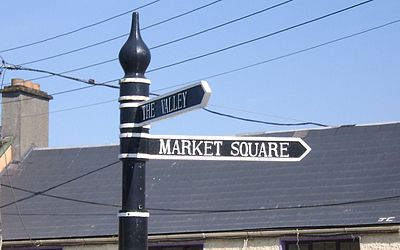Art definitions, artistic roles, and visual thinking/Perception and visual awareness
| Art Appreciation and Techniques (#ART100) | |
|---|---|
| Art definitions, artistic roles, and visual thinking | Overview | Introduction and definitions | Basics | Artistic roles | Artistic categories | Artistic styles | Perception and visual awareness | Summary |
Visual information–images from media and the environment around us–dominates our perception. Our eyes literally navigate us through a visual landscape all our lives, and we all make decisions based on how and what we see. Separating the subjective and objective ways we see helps us become more visually aware of our surroundings. Scientifically, the process of seeing is the result of light passing through the lens in our eye, then concentrating it on the retina at the back of the eye. The retina has nerve cells that act like sponges, soaking up the information and sending it to the visual cortex of our brain. Here, the light is converted to an image that we can perceive the truth, as we understand it to be.
We are exposed to so much visual information every day, especially with the advent of mass media, that it’s hard to process all of it into specific meaning. Being visually aware is more complicated than just the physical act of seeing because our perceptions are influenced by exterior factors, including our own prejudices, desires, and ideas about what the truth really is. Moreover, cultural ties to perception are many. For example, one could look at three images that share one particular element; that of raised arms, and perceive each one according to what we know about them.
Art is a resource for questioning our perceptions about how objects and ideas present themselves. The Belgian artist Rene Magritte used his easel as a soapbox to confront the viewer with confounding visual information. Magritte considers language and perception in a short video.
There is a difference between looking and seeing. To look is to glance back and forth, aware of surface qualities in the things that come into our line of sight. To see is more about comprehending. After all, when we say, “I see,” we really mean that we understand. Seeing goes beyond appearances. So, as we confront the huge amounts of visual information coming at us we start to make choices about what we keep and what we edit out. We concentrate on that which has the most meaning for us: a street sign that helps us get home, a view of the mountains that lets us enjoy a part of nature’s spectacle, or the computer screen that allows us to gather information, whether it’s reading the content in this course or catching up on the day’s news or emails. Our gaze becomes more specific, and with that comes specific meaning.At this point, what we see becomes part of what we know. It’s when we stop to contemplate what we see–the view of the mountain mentioned above, a portrait, or a simple visual composition that catches our eye–that we make reference to an aesthetic perception. That is, when something is considered for its visual properties alone, and those properties' relation to our ideas of what is beautiful, that object becomes a vehicle for meaning.
No matter how visually aware we are, visual clues alone hinder our ability to fully comprehend what we see. Words, either spoken or read as text, help fill in the blanks to understanding. They provide a context, a historical background, religious function, or another cultural significance to the art we are looking at. We ask others for information, or we find it ourselves, to help understand the meaning. In a museum or gallery, it may be wall text (such as an artist's statement) that provides this link, or a source text, website, or someone knowledgeable about the art.
